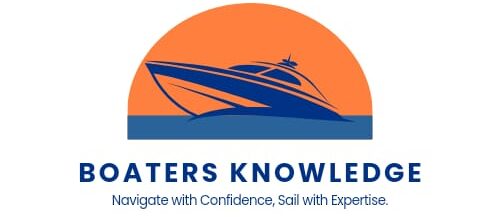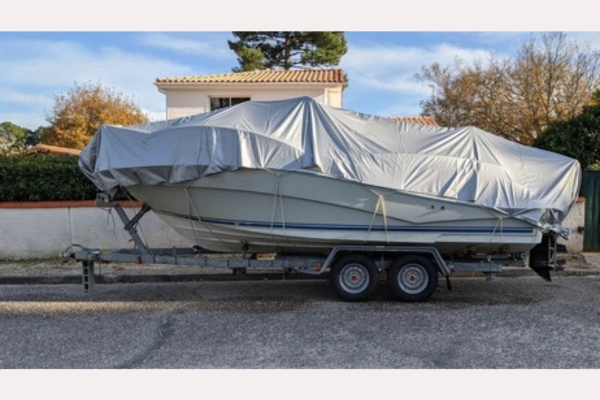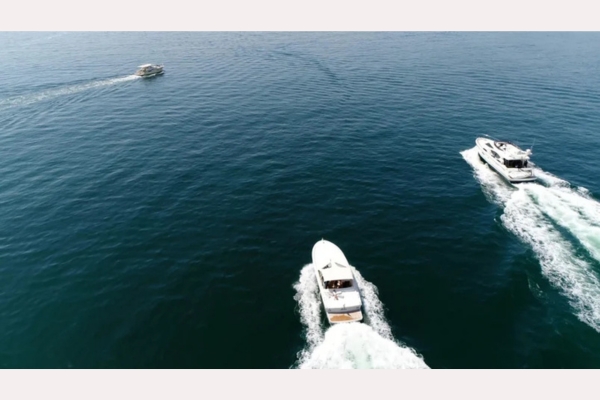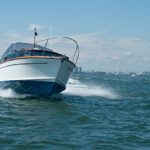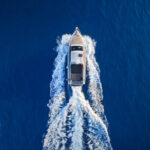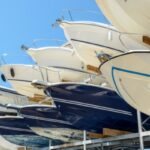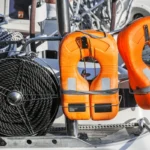Selecting the proper anchor for your boat is critical for safety and functionality. The right anchor ensures that your boat stays securely in place, even in challenging conditions. However, with various types, sizes, and materials to choose from, finding the perfect anchor can feel overwhelming. This guide will help you understand the factors to consider and provide tips for making the best choice for your boat.
Why the Right Anchor Matters
An anchor isn’t just a piece of equipment; it’s a crucial tool for:
- Safety: Keeping your boat stationary during adverse weather conditions or emergencies.
- Convenience: Allowing you to stop and enjoy a location without drifting.
- Peace of Mind: Knowing your boat is secure when you’re not on board.
Using the wrong anchor can lead to drifting, damage to your boat, or harm to the marine environment.
Types of Anchors
Understanding the different types of anchors will help you choose one that suits your boat and typical anchoring locations.
1. Fluke Anchor (Danforth)
- Best For: Sand and mud
- Advantages: Lightweight and easy to store; excellent holding power in soft seabeds.
- Limitations: Struggles with rocky or weedy bottoms.
2. Plow Anchor
- Best For: Various seabeds, including sand, mud, and some rocky areas
- Advantages: Versatile and good for larger boats; reliable in changing conditions.
- Limitations: Heavier and bulkier than fluke anchors.
3. Claw Anchor (Bruce)
- Best For: Rocky, sandy, and muddy bottoms
- Advantages: Easy to set; highly reliable for cruising boats.
- Limitations: Less holding power in very soft or weedy seabeds.
4. Mushroom Anchor
- Best For: Permanent moorings or very soft bottoms
- Advantages: Provides excellent long-term holding power when buried.
- Limitations: Not suitable for temporary anchoring or rough conditions.
5. Grapnel Anchor
- Best For: Small boats, kayaks, or temporary anchoring
- Advantages: Compact and lightweight; ideal for rocky areas.
- Limitations: Limited holding power; not suitable for large boats or strong currents.
Factors to Consider When Choosing an Anchor
1. Boat Size and Weight
- Larger and heavier boats require anchors with greater holding power.
- Always check the manufacturer’s recommendations for your boat size.
2. Seabed Type
- Match the anchor type to the seabed conditions where you’ll be anchoring most frequently.
- Consider areas with mixed seabeds and opt for a versatile anchor if needed.
3. Water Depth and Current
- Deeper waters and stronger currents demand anchors with robust holding power.
- Ensure you have enough anchor rode (chain and line) for the depth you plan to anchor in.
4. Material
- Galvanized Steel: Durable and affordable, making it the most common choice.
- Stainless Steel: Corrosion-resistant and visually appealing but more expensive.
- Aluminum: Lightweight but less durable; suitable for smaller boats.
5. Storage Space
- Consider the anchor’s size and shape to ensure it fits your boat’s storage compartment or bow roller.
How to Determine the Right Anchor Size
To determine the correct anchor size for your boat:
- Consult the manufacturer’s size chart.
- Account for the worst-case scenarios, such as high winds or strong currents.
- Use a heavier anchor if your boat’s weight is near the upper limit of the size recommendation.
Anchor Rode: The Essential Companion
An anchor is only as effective as its rode. The rode consists of a combination of chain and rope that connects the anchor to the boat. Here’s what to consider:
- Length: The rode should be 7-10 times the depth of the water for optimal holding.
- Material: Chains provide extra weight for better holding, while ropes add flexibility and stretch.
- Combination: A mix of chain and rope offers the best performance and durability.
Tips for Effective Anchoring
- Set the Anchor Properly: Lower the anchor slowly while moving the boat backward to ensure it bites into the seabed.
- Monitor Conditions: Regularly check for changes in wind, current, or tide that could affect your anchor’s holding power.
- Inspect Your Gear: Check your anchor, rode, and connections for wear or damage before every trip.
- Use a Backup Anchor: Always carry a secondary anchor for emergencies or challenging conditions.
- Be Environmentally Responsible: Avoid anchoring in coral reefs or sensitive marine habitats.
Conclusion
Choosing the right anchor for your boat is a critical decision that impacts safety, functionality, and peace of mind on the water. By considering your boat’s size, typical anchoring locations, and the factors outlined in this guide, you can select an anchor that meets your needs. Pair it with a quality anchor rode, and you’ll be prepared for a secure and enjoyable boating experience.
Looking for Expert Boating Guidance or Services?
Fly Yachts – The Best Boat Brokers in Florida
Visit us: www.flyyachts.com
Contact: 954-633-4878
130 SE 29th Street, Fort Lauderdale, Florida 33301
